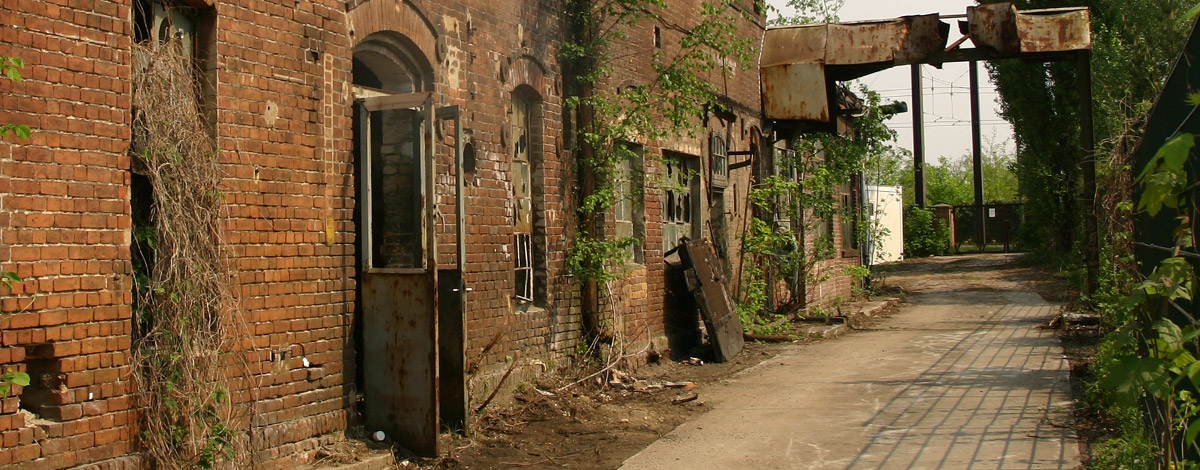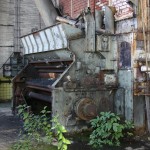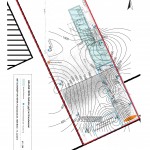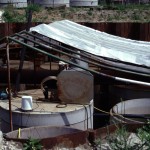Depending on current and past site uses, properties are listed on the contaminated land register of the environmental agencies. Within the scope of the phase I environmental site assessment, the potential environmental risk is examined through desktop study of available information. During Phase II technical investigations (sampling and analysis), the possible harm to soil and groundwater is established at the site.
Environmental site assessment/ desk study
In cases of suspected soil contamination, the environmental site assessment is the recommended method. It provides detailed information on potential contamination and its associated risk. This can be done relatively quickly, and at low cost as it does not involve intrusive sampling or chemical analysis. In some cases, the available evidence may even rule out the potential for soil contamination.
What can we provide?
- Detailed historical research using various archives
- Analysis of aerial photos
- Investigation of former site uses
- Identification of the relevant contaminants
- Classification of properties into contamination categories
The results of the environmental site assessment enable classification of a property into a contamination category that indicates the degree of the contamination potential, the effect on market value and the possible need for further technical investigation.
Environmental site assessments afford a means to initially assess environmental risks associated with contaminated sites, and may either lead to recommendations for more detailed technical assessment, or establish very low or minimal risk potential and preclude requirement for further investigation.
The environmental site assessment assists:
- Property buyers with information on contamination risks associated with the site
- Property valuation experts with determining the property value of developed and undeveloped sites
- Banks to determine the property value related to loan value
Investigation steps- a cascade plan
A number of investigation steps are necessary in the assessment, of contaminated land – these are to determine environmental risks and the specific remediation measures required. The steps are: Phase I environmental site assessment, Phase II intrusive site investigation, Phase III Remediation investigation and design and finally remediation execution.
Phase I Historical research is compulsory and produces the environmental site assessment. Further investigation steps are undertaken if requirements are indicated in the site assessment.
Are you sure that the property, that you want to buy, sell, evaluate, build on, broker, loan money on, inherit or insure, is free of contamination?
Using our ‘contaminated site checklist’ will assist withestablishing whether contamination is likely at your site.
We provide further information on “Contaminated sites and soil contamination” in our series “Info flyers” (currently available in German only).

Phase I: Historical research/ desk study
The first step in contaminated site investigation is a desk top study (historical research) that assesses contamination potential. This is non-intrusive (no sampling) study of historical data/records relating to types of chemicals used on the site and in specific parts of the property which may have led to soil/ground contamination. Available archived information on the site such as site history including current and former site uses is collected, and evaluated. Aerial photographs are used to identify war remnants such as bomb craters, slit trenches and antitank ditches as well as destroyed buildings.
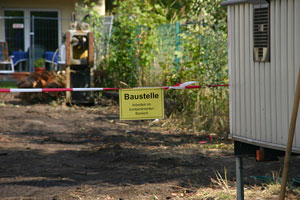
Phase II environmental site assessment: intrusive site sampling
Assessment of the risk potential of possible contaminants requires technical investigation including soil sampling, and in some cases, sampling of groundwater and soil gas. The site-specific physical soil properties are also determined according to the soil profiles at the property. The Phase II investigation examines where and what type of chemical substances have been used at a site, and their distribution in the soil. During detailed investigations, contaminated areas are further delineated and the chemical properties of contaminants are specified. A detailed investigation is required if considerable knowledge gaps remain after the initial Phase II environmental site assessment. Often, detailed investigations are only necessary in certain parts and not for the whole property. Prior to undertaking technical investigations, a sampling plan will be set up which defines the sampling points and depths, the relevant chemical analyses and required sampling techniques. Planned sampling points will be indicated on a map.
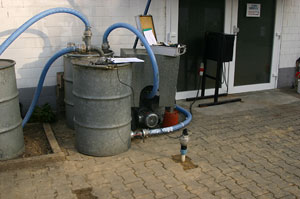
Phase III: Remediation
Remediation of a contaminated site aims to reduce environmental risk, to enable redevelopment of the site. Land rehabilitation/remediation is particularly beneficial on land where infrastructure is in place and intact. In some cases, elimination of contaminants is not possible, and spread of contaminants is prevented or minimized through methods such as surface sealing or chemical immobilization.
What can we provide?
- Investigation plans for contaminated land examination
- In situ soil, soil gas and groundwater sampling
- Management of laboratory analyses
- Risk assessment and evaluation of contamination
- Future planning/ action to be undertaken
- Remediation planning

